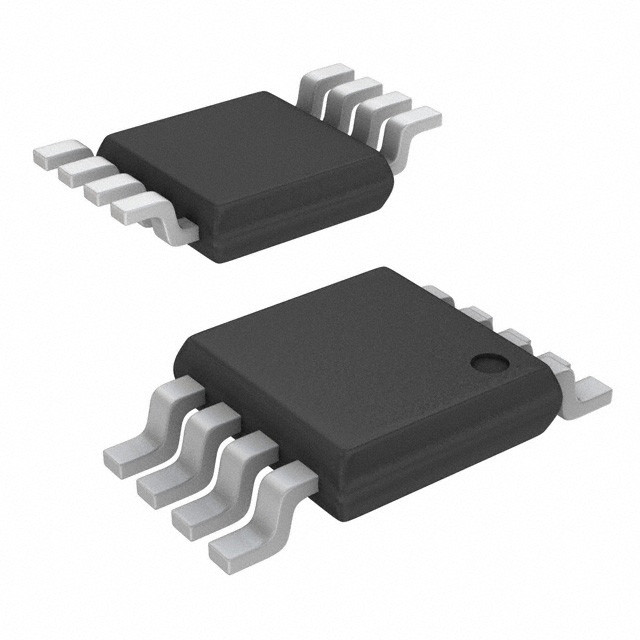SY100EL16VEKG
Manufacturer No:
SY100EL16VEKG
Manufacturer:
Description:
IC RCVR DIFF 3.3/5V 8-MSOP
Datasheet:
Delivery:





Payment:




In Stock : 0
Please send RFQ , we will respond immediately.









SY100EL16VEKG Specifications
-
TypeParameter
-
Supplier Device Package8-MSOP
-
Package / Case8-TSSOP, 8-MSOP (0.118", 3.00mm Width)
-
Mounting TypeSurface Mount
-
Operating Temperature-40°C ~ 85°C
-
Number of Bits1
-
Supply Voltage3.3V, 5V
-
Logic TypeDifferential Receiver
-
PackagingBulk
-
Product StatusDiscontinued at Digi-Key
-
Series100EL
The SN74GTLPH306DW is a specific integrated circuit (IC) chip designed for high-speed, low-voltage differential signaling (LVDS) applications. Here are some advantages and application scenarios of this chip:Advantages: 1. High-speed data transmission: The SN74GTLPH306DW supports data rates up to 3.125 Gbps, making it suitable for high-speed communication systems. 2. Low power consumption: This chip operates at low voltage levels, resulting in reduced power consumption compared to other signaling technologies. 3. Noise immunity: LVDS signaling provides excellent noise immunity, allowing for reliable data transmission even in noisy environments. 4. Compact size: The SN74GTLPH306DW is available in a small form factor, making it suitable for space-constrained applications.Application scenarios: 1. High-speed data communication: The SN74GTLPH306DW is commonly used in applications that require high-speed data transmission, such as computer peripherals, data storage systems, and networking equipment. 2. Display interfaces: This chip can be used in display interfaces, such as LCD panels, where high-speed data transfer is necessary to drive the display. 3. Industrial automation: LVDS technology is often employed in industrial automation systems, where noise immunity and high-speed communication are crucial for reliable operation. 4. Automotive electronics: The SN74GTLPH306DW can be utilized in automotive electronics, such as infotainment systems or advanced driver-assistance systems (ADAS), where high-speed data transmission is required.It's important to note that the specific advantages and application scenarios may vary depending on the requirements of the system and the overall design considerations.
SY100EL16VEKG Relevant information
-
M38510/34201BEA
Texas Instruments -
SNJ54ABT18245AWD
Texas Instruments -
SNJ54LS181J
Texas Instruments -
M38510/34201BFA
Texas Instruments -
M38510/34201B2A
Texas Instruments -
SN54F283J
Texas Instruments -
SNJ54ABT18502HV
Texas Instruments -
SNJ54ABT8543FK
Texas Instruments -
M38510/07801BJA
Texas Instruments -
SNJ54BCT8245AJT
Texas Instruments







